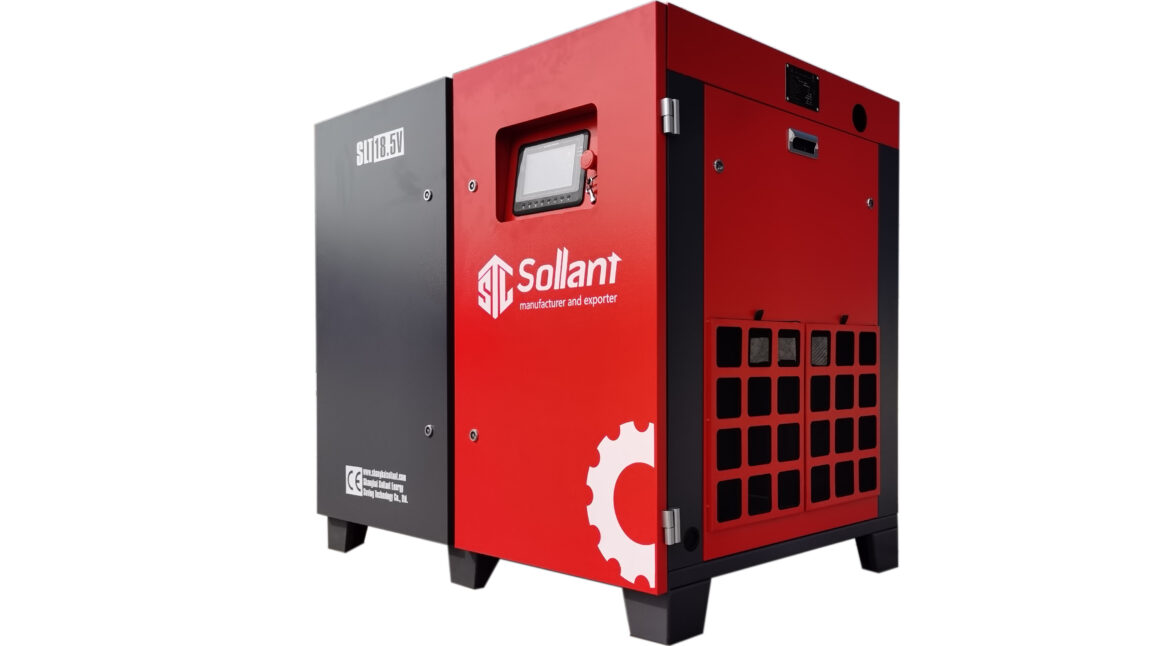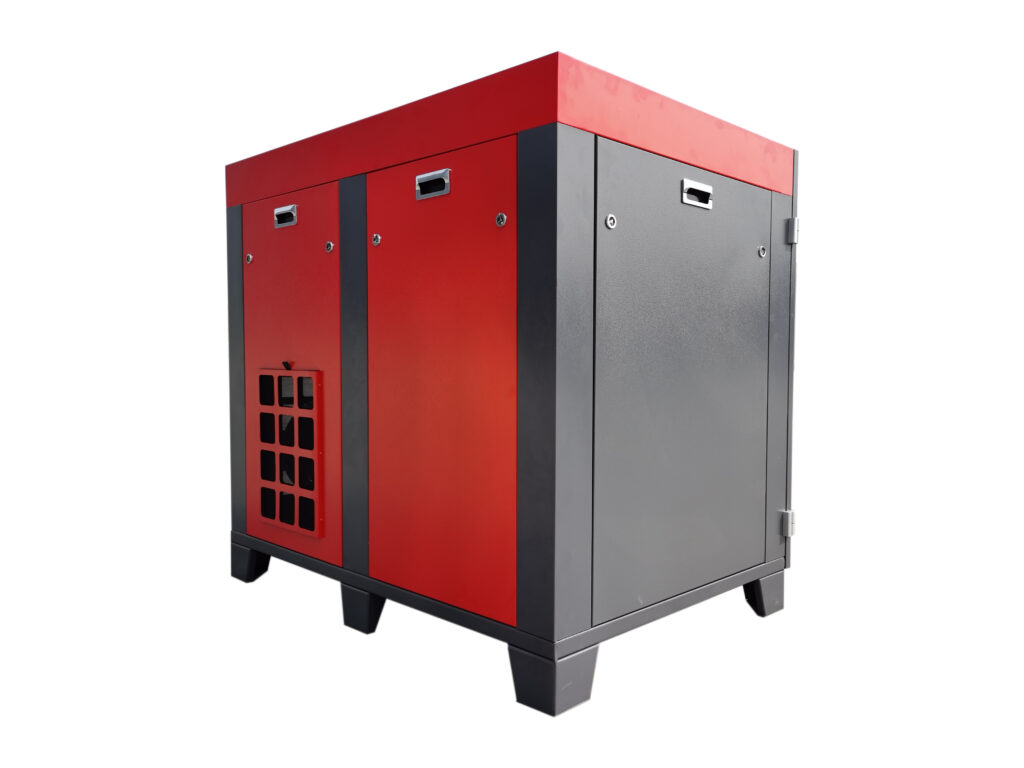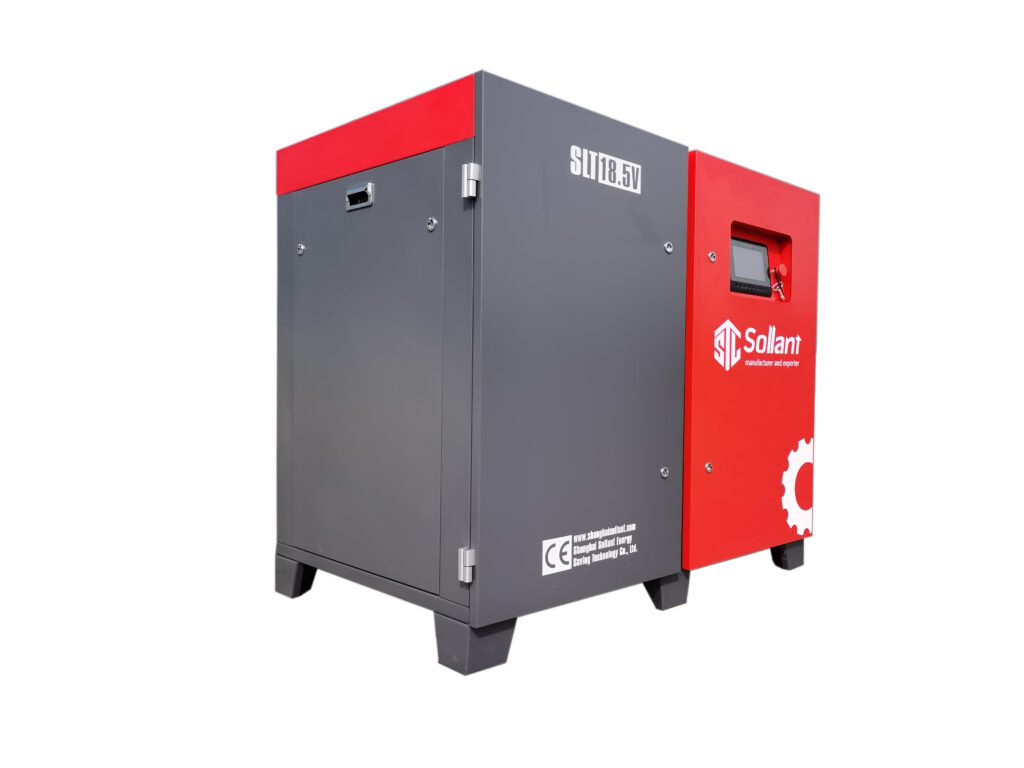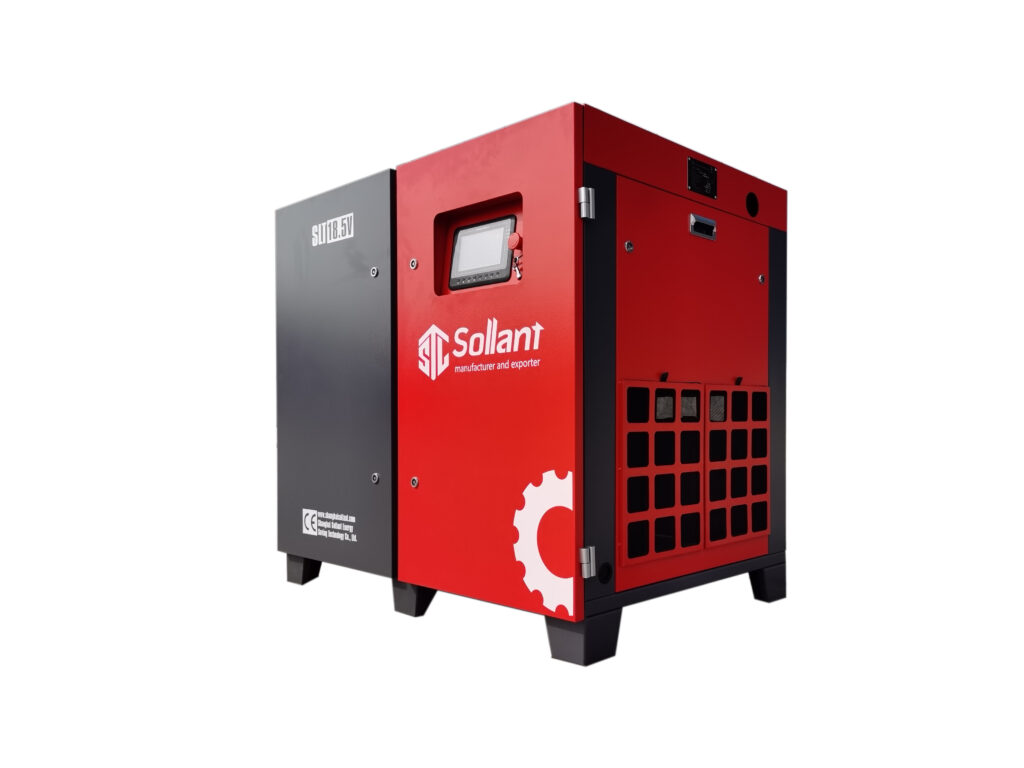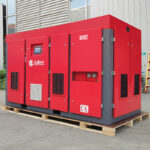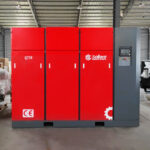A 25 HP screw compressor is a powerful and efficient tool, widely used in industries for providing a continuous supply of compressed air. Whether you’re operating this equipment in manufacturing, automotive, or construction, using it correctly is essential for optimal performance and longevity. This guide will walk you through the key steps to properly use a 25 HP screw compressor while ensuring safety and efficiency in your operations.
1. Pre-Operation Checks
Before starting the 25 HP screw compressor, it’s important to conduct a few essential pre-operation checks. These will ensure that the machine is in good working condition and prevent potential malfunctions.
- Inspect Oil Levels: Screw compressors rely on oil for lubrication and cooling. Check the oil level and top up if necessary using the manufacturer-recommended oil type.
- Check Air Filters: Dirty or clogged air filters can reduce efficiency. Make sure the filters are clean and replace them if needed to maintain airflow.
- Inspect Belts and Hoses: Look for any visible signs of wear or damage on belts and hoses. Loose belts or cracked hoses can lead to air leaks and reduced performance.
- Drain Moisture from the Tank: If your compressor is equipped with a storage tank, drain any accumulated moisture to prevent rust or contamination.
2. Starting the Compressor
Once you’ve completed the pre-operation checks, you can begin starting the 25 HP screw compressor.
- Turn On the Power Supply: Ensure the compressor is connected to a stable power source. For safety reasons, always verify the voltage matches the machine’s requirements.
- Adjust Pressure Settings: Set the pressure regulator to the required level based on the needs of your application. Different tools or machines may require different pressure levels.
- Start the Compressor: Turn on the compressor by following the manufacturer’s guidelines. Screw compressors often have an automatic start/stop feature, but it’s essential to monitor the machine during its startup phase to ensure smooth operation.
3. Adjusting the Pressure
A 25 HP screw compressor is capable of providing high levels of compressed air, but proper pressure adjustment is crucial for efficient operation.
- Understand Pressure Requirements: Different pneumatic tools and equipment require different pressure settings. Always check the recommended pressure level for your tools before adjusting the compressor.
- Use the Pressure Gauge: Keep an eye on the pressure gauge to monitor air pressure during operation. If the pressure exceeds safe limits, stop the machine and reassess the settings.
4. Safe Operating Practices
To ensure your compressor operates safely and efficiently, follow these best practices:
- Avoid Overloading the Compressor: Do not exceed the machine’s maximum air output. Overloading can lead to overheating and mechanical issues.
- Operate in a Well-Ventilated Area: Compressors generate heat during operation, so ensure there’s sufficient ventilation to prevent overheating.
- Monitor Noise Levels: Although screw compressors are generally quieter than piston compressors, abnormal noise could indicate an issue. Investigate any strange sounds immediately.
5. Maintenance and Care
Regular maintenance is key to prolonging the life of your 25 HP screw compressor and ensuring peak performance.
- Regular Oil Changes: Follow the manufacturer’s recommendations for oil changes. Fresh oil helps keep the machine cool and reduces wear on moving parts.
- Replace Air Filters: Check air filters periodically and replace them when they become dirty or clogged. This will maintain airflow and prevent unnecessary strain on the machine.
- Inspect Belts and Bearings: Belts and bearings should be inspected regularly for signs of wear. If they are worn or loose, replace them promptly to avoid unexpected breakdowns.
- Drain Condensate: If the compressor has a moisture separator or storage tank, drain any accumulated moisture regularly. This will prevent rust and maintain air quality.
6. Troubleshooting Common Issues
While screw compressors are highly reliable, occasional issues can arise. Here are a few common problems and how to address them:
- Low Air Pressure: If the compressor isn’t delivering the required pressure, check for air leaks, clogged filters, or worn-out belts. Ensure the pressure setting is appropriate for the task at hand.
- Overheating: Overheating can occur if the compressor is overworked or if there’s insufficient ventilation. Make sure the cooling system is functioning properly, and check oil levels.
- Excessive Noise: Unusual noise can indicate loose parts or worn bearings. Inspect the compressor for any obvious signs of wear or damage and replace components as needed.
7. Shutdown Procedures
When you’re done using the compressor, it’s essential to shut it down correctly to avoid damage.
- Release Pressure Gradually: Slowly release any remaining air pressure in the system. This prevents sudden pressure changes that could harm the machine.
- Turn Off the Power: Always turn off the power supply before leaving the machine unattended. This ensures the safety of the equipment and operators.
- Store Properly: If the compressor will be unused for an extended period, ensure it’s stored in a clean, dry place. Cover the machine to protect it from dust and debris.
Conclusion
Proper use of a 25 HP screw compressor is essential for maintaining its efficiency and ensuring long-term reliability. By conducting pre-operation checks, adjusting pressure levels correctly, following safe operating practices, and performing regular maintenance, you can maximize the performance of your compressor. Understanding how to troubleshoot common issues will also help reduce downtime and keep your operations running smoothly.
Investing time in understanding the operation of your 25 HP screw compressor will pay off with improved productivity and a longer service life for your equipment.
Sollant Oil-Cooled Screw Air Compressor: A High-Efficiency Solution

